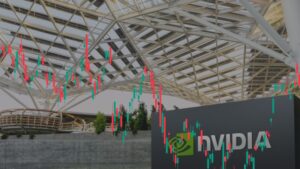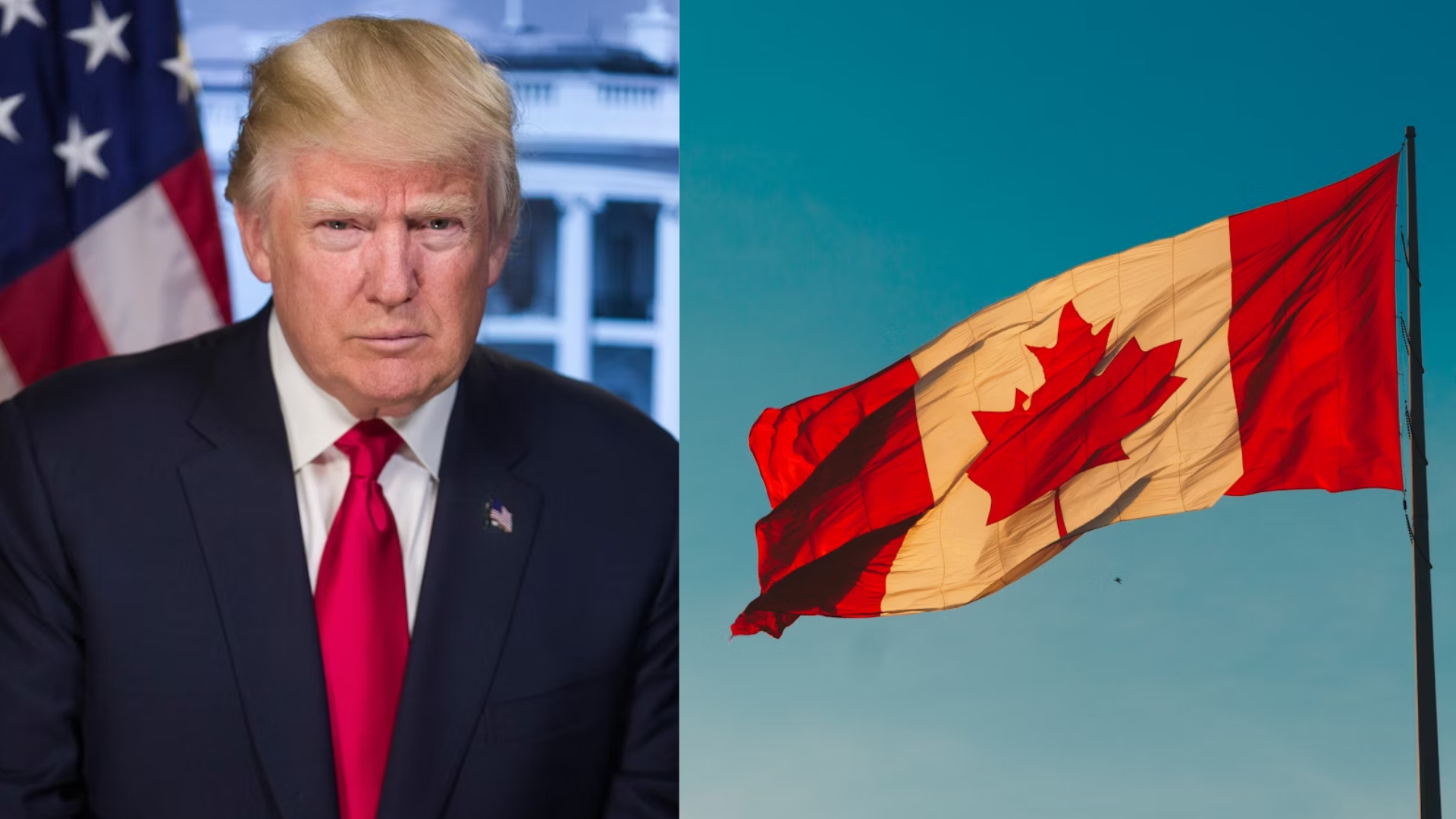The People’s Bank of China (PBOC) has decided to keep the Loan Prime Rates (LPR) unchanged for March, signaling a continued cautious approach amid economic uncertainties. The move comes as the Chinese central bank seeks to balance supporting economic recovery with the risk of rising inflationary pressures.
The PBOC has kept the one-year LPR at 3.65% and the five-year LPR at 4.30%, maintaining the rates that were previously set. This decision follows a series of rate cuts in 2023, aimed at stimulating credit growth and boosting economic activity. However, with inflation starting to show signs of acceleration, the central bank has opted to hold off on any further reductions for now.
Market analysts have been closely watching the PBOC’s stance, particularly in light of China’s economic recovery following the pandemic. While the country’s GDP growth has shown signs of improvement, particularly in consumer spending and manufacturing, challenges remain in the real estate sector and overall demand. The LPR decision reflects the PBOC’s careful balancing act, as it works to support growth without overheating the economy.
The central bank’s decision comes amid global monetary tightening, with many central banks, including the U.S. Federal Reserve, opting for interest rate hikes to combat inflation. China’s more cautious stance sets it apart, with the PBOC opting to rely on targeted measures to support sectors in need, rather than broad-based rate cuts.
For now, the PBOC’s position on interest rates reflects the current economic environment in China, marked by a mix of positive growth signals and ongoing structural challenges. With global economic conditions continuing to evolve, the central bank is expected to remain flexible, adjusting its monetary policy as necessary based on domestic and international developments.
As the year progresses, attention will turn to how China’s economic recovery unfolds and whether further monetary policy adjustments will be needed to address emerging challenges, including rising inflation and global trade dynamics.
















